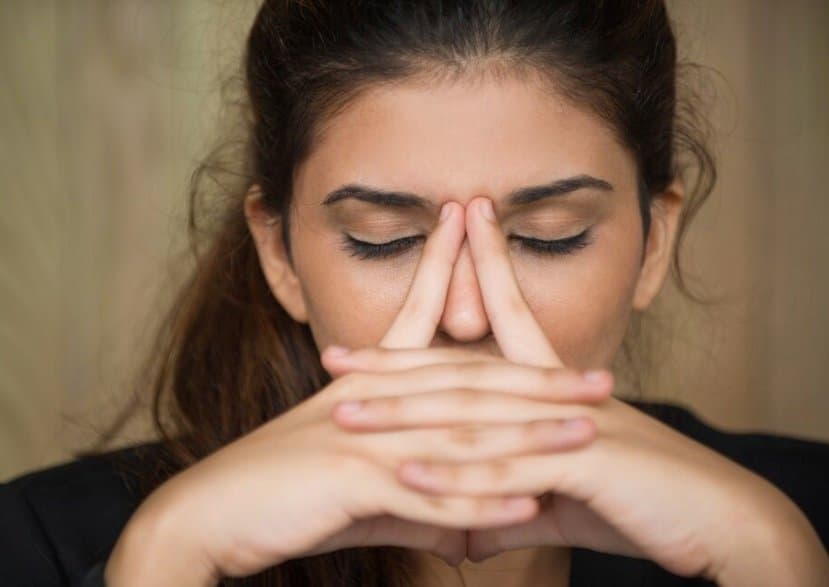
Blocked Nose at Night
Discover the common causes of nasal congestion during nighttime and effective strategies for better breathing while sleeping.
Expert-backed health content to help you make informed decisions about your wellbeing.
Explore Health TopicsExpert-reviewed articles to help you make informed health decisions
how we help you
All our health articles are reviewed by qualified medical professionals to ensure accuracy and reliability for your health decisions.
Complex medical topics simplified into clear, actionable information that helps you understand your health better.
Stay informed with the latest health research and medical developments, updated regularly by our team of health experts.
Empowering you with reliable health information for better wellness decisions.
Start ReadingJOIN OUR MEDICAL REVIEW BOARD
Mail your interests to: admin@hellomrdoctor.com